Industrial boilers are not only the “heart” of many production lines but also a decisive factor in operational efficiency, cost optimization, and environmental safety for businesses.
This article analyzes global technology trends and the energy transition landscape, highlighting opportunities and challenges in Vietnam during 2025–2030, while outlining strategic directions for investors in the industrial boiler sector.
1. Market Context by the End of 2025
The world is entering a critical stage of the energy transition, driven by mounting pressure following major international climate conferences (COP, Glasgow, Dubai, etc.), where countries have pledged to reduce carbon emissions and move toward a low-carbon economy.
While fossil fuel prices such as coal and oil remain volatile due to geopolitical risks and rising extraction costs, renewable energy sources – including solar, wind, and biomass – continue to decline in price thanks to technological improvements and expanded production scales.
Within this global shift, the demand for industrial heat – particularly from industrial boilers – remains a cornerstone in the energy supply chain of the manufacturing sector.
In Vietnam, industries such as textiles, food processing, paper and wood production, steel, and chemicals are recovering strongly after a challenging period, resulting in a surge in thermal energy consumption.
At the same time, the Vietnamese government is tightening emission control regulations through the issuance of QCVN 19:2024/BTNMT – National Technical Regulation on Industrial Emissions, which will take effect on July 1, 2025. This new standard replaces previous regulations and imposes stricter limits on particulate matter, NOx, and SO₂ in industrial exhaust gases.
According to a report by Grand View Research, the global industrial boiler market was valued at approximately USD 16,551.7 million in 2024, and is projected to grow at a CAGR of ~3.6% from 2025 to 2033, reaching around USD 22,714.6 million by 2033.
Meanwhile, other reports estimate that the overall boiler market size reached approximately USD 100.3 billion in 2024, with an expected growth rate of ~7% between 2025 and 2034.
In Vietnam, although no official updated statistics are currently available, it is estimated that more than 15,000 industrial boilers are operating in factories and production facilities nationwide. Among them, over 60% utilize outdated, low-efficiency technologies, leading to fuel waste, high operating costs, and increasing difficulty in meeting new environmental standards.
As demand for clean energy rises, emission standards tighten, and production competition intensifies, upgrading or replacing outdated systems with high-efficiency, eco-friendly industrial boilers has become a pressing challenge for Vietnamese manufacturers.
For investors and technology providers, these changes open significant opportunities to deliver advanced industrial boiler engineering services, expand industrial boiler fabrication capabilities, and reinforce Vietnam’s position as a key industrial boiler provider in Vietnam within the regional energy transition framework.
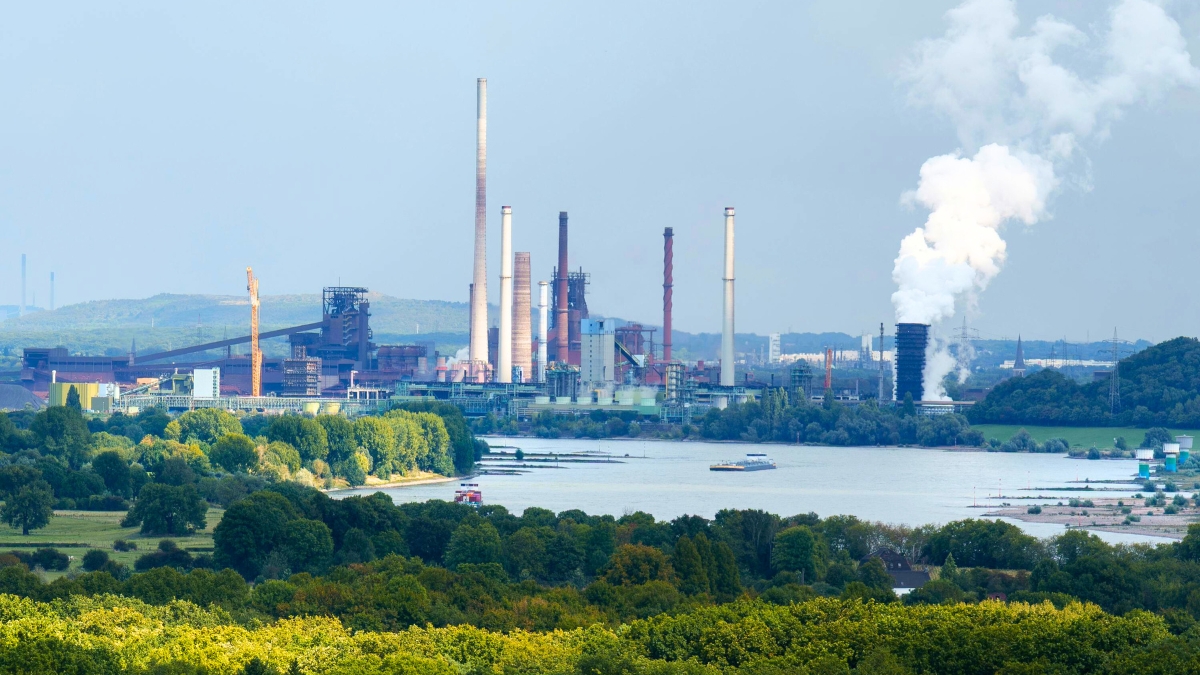
2. Global Technology and Energy Transition Trends (2025–2030)
2.1. The Rise of Clean and Multi-Fuel Systems
During the 2025–2030 energy transition period, clean fuel systems and multi-fuel solutions are becoming foundational pillars for modern industrial boilers. The shift from conventional fuels such as coal and heavy fuel oil (HFO) to natural gas (LNG), biomass, or hybrid co-firing systems is viewed as a practical strategy to reduce emissions, improve efficiency, and meet increasingly stringent environmental standards.
2.1.1. LNG – The “Bridge” Fuel in the Energy Transition
Globally, Liquefied Natural Gas (LNG) has emerged as a crucial transitional fuel between traditional fossil energy and renewables. Modern gas-fired industrial boilers can achieve thermal efficiencies exceeding 95% when designed according to advanced engineering standards — particularly in systems equipped with flue gas recirculation or high-performance heat exchangers. Cleaner combustion with fewer impurities also significantly reduces flue gas treatment requirements compared to coal or oil.
According to the Global LNG Outlook 2024–2028 by IEEFA, global LNG supply is expected to increase sharply, resulting in relatively stable or slightly lower prices — a trend that encourages many Asian nations to boost LNG imports.
In the Asia-Pacific region, LNG demand is projected to rise rapidly as industrialized and electrifying economies expand.
In Vietnam, LNG infrastructure development has been prioritized under the National Power Development Plan VIII (PDP8), which envisions around 14 LNG-to-power projects to ensure energy security and reduce dependence on coal.
Additionally, the Cái Mép LNG Project in Bà Rịa – Vũng Tàu is recognized as a key milestone in promoting LNG imports and establishing an integrated gas supply chain for industrial applications.
Thanks to its lower emissions, more predictable fuel cost compared to coal and oil, and high compatibility with efficient heat transfer systems, gas-fired or multi-fuel industrial boilers (with a high gas ratio) are increasingly becoming the preferred choice for industrial zones and thermal plants requiring fast response rates and flexible emission performance.
These advancements not only enhance the sustainability of industrial energy systems but also create new opportunities for industrial boiler providers in Vietnam to deliver clean-energy solutions and expand industrial boiler engineering services across the region.
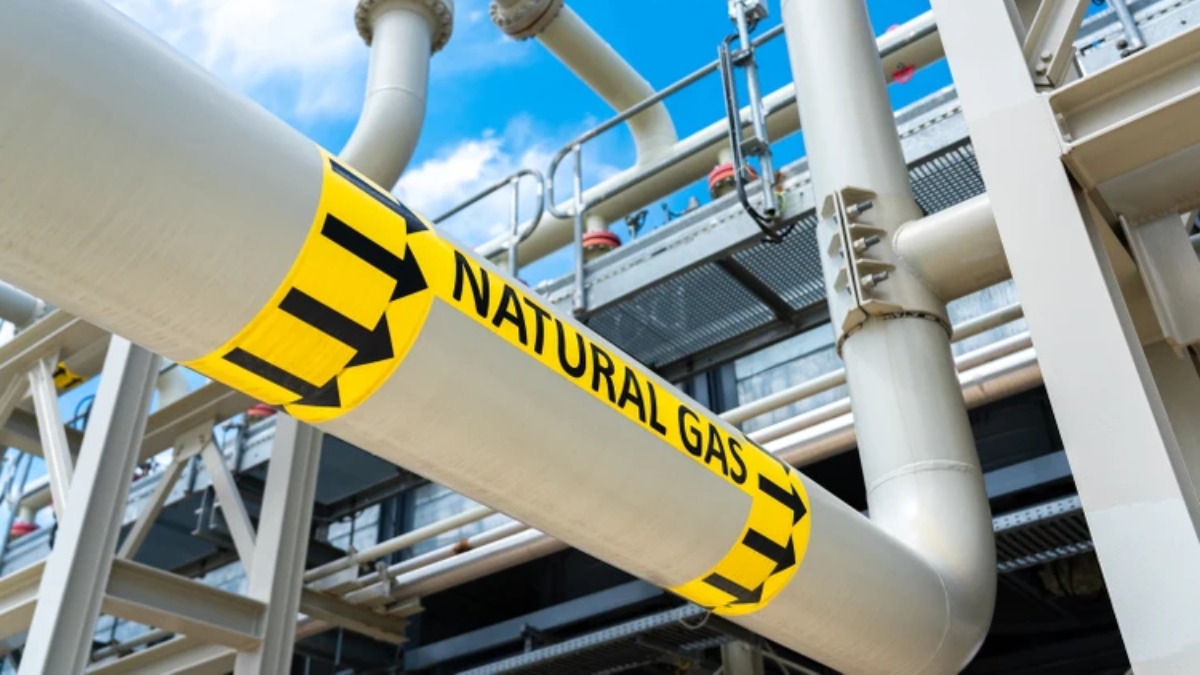
2.1.2. Biomass and Renewable Fuels – Advantages in Vietnam
Within the global energy transition, biomass (rice husks, sawdust, bark, bagasse) has become an accessible renewable fuel source in regions with abundant agricultural and forestry by-products. In areas such as the Mekong Delta, Central Highlands, and provinces with strong wood processing industries (MDF/OSB production), biomass residues are widely available.
Biomass boilers or co-firing industrial boilers are gaining popularity thanks to their lower fuel costs compared to coal. According to Vietnam Zero Waste, the cost of biomass fuels like rice husks or compressed pellets typically amounts to only about 70–80% of the equivalent coal cost for generating the same amount of thermal energy.
Moreover, when biomass is burned, its net CO₂ emissions are generally considered carbon-neutral or near neutral, making it easier for enterprises to comply with new environmental regulations.
In practice, biomass boilers can reduce CO₂ emissions by up to 95% compared with traditional coal-fired systems.
However, utilizing biomass requires advanced systems for fuel feeding (conveying, crushing, drying), ash handling, and precise fuel flow control. This can lead to higher initial investment costs, but long-term operational savings and environmental benefits often outweigh them.
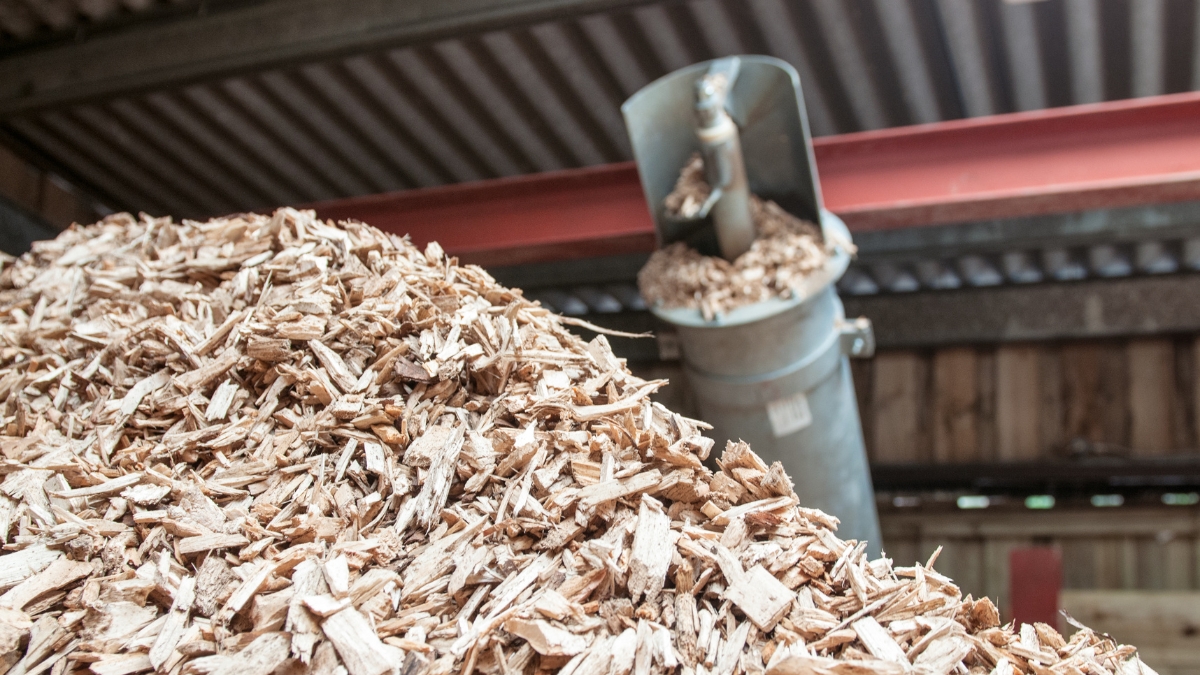
2.1.3. Multi-Fuel Systems – Flexible and Risk-Resilient Solutions
An important trend is the adoption of multi-fuel industrial boilers (co-firing or dual-fuel systems), which allow flexible switching between LNG, light oil, biomass, or blended fuels. This design helps investors mitigate risks from fluctuating fuel prices while meeting diverse operational demands.
For example, during peak heat demand seasons, a plant may prioritize LNG combustion to achieve high efficiency and low emissions. When gas prices rise or supply is limited, the system can switch to biomass or light oil co-firing. Such flexibility ensures production stability while maintaining environmental compliance.
In advanced industrial economies such as Europe, many new industrial boiler fabrication projects are designed as “tri-fuel” or “dual-fuel” configurations (e.g., gas + biomass; gas + light oil) to enhance adaptability and sustainability.
2.1.4. Challenges and Preconditions for Successful Implementation
LNG Infrastructure and Supply Chain:
Although Vietnam is expanding LNG investments, challenges remain in gas pipeline networks, import capacity, and distribution costs to industrial clusters.
High Initial Investment:
Multi-fuel or biomass boiler systems require auxiliary equipment, ash recycling facilities, and rigorous fuel quality management.
Fuel Consistency and Stability:
Biomass fuels often vary in moisture content, size, and calorific value, demanding sophisticated control and regulation systems.
Policy Framework and Incentives:
Government support through tax benefits, investment incentives, and electricity pricing for biomass or industrial gas sources will be decisive for long-term feasibility.
These factors collectively define the success of Vietnam’s transition toward sustainable thermal energy and reinforce opportunities for leading industrial boiler providers in Vietnam to integrate renewable fuels into their industrial boiler engineering services.
2.2. Efficiency Optimization with Advanced Combustion and Heat Recovery Technologies
In the era of energy transition and increasing operational cost pressures, integrating advanced combustion technologies and Waste Heat Recovery (WHR) systems has become a key solution for businesses using industrial boilers. Below are the major trends, technical advantages, and real-world applications.
2.2.1. Condensing Boilers – Harnessing Latent Heat in Flue Gas
A well-designed condensing boiler can recover latent heat from water vapor in flue gases by cooling them below their dew point. This latent heat, typically lost in conventional systems, is captured through a secondary heat exchanger, increasing overall efficiency relative to the Lower Heating Value (LHV) or Lower Calorific Value (LCV).
For example, the ACV Compact Condens 425 achieves about 107.5% LCV efficiency at low load (~30%) and around 103.1% at full load (100%) under 50/30°C operating conditions.
This demonstrates that condensing technology can exceed the nominal efficiency of traditional boilers (when measured against LCV), as the latent heat of condensation is effectively recovered instead of being released through exhaust.
Two key benefits for industrial boiler users include:
- Fuel savings: Less fuel is required to generate the same heat output.
- Reduced emissions: Lower exhaust gas temperature and moisture content result in decreased NOx and CO₂ emissions.
2.2.2. Waste Heat Recovery (WHR) Systems – A New Standard and Proven Practice
In sectors such as power generation, cement, metallurgy, and chemicals, WHR systems are increasingly regarded as a mandatory standard for energy and emission management.
Vietnam’s cement industry offers a prime example. Long Son Cement Plant (Thanh Hóa) invested in a WHR system that recovers heat from clinker kilns and preheater towers, generating about 260 million kWh of electricity per year — meeting 30% of the plant’s internal power demand and saving approximately VND 400 billion annually.
Similarly, SCG Group has introduced WHR technologies in cement production capable of reducing up to 30% of total electricity and energy consumption.
The main benefits of WHR include:
- Utilizing exhaust heat from kilns, coolers, or cooling towers to produce steam for power generation or process heating.
- Delivering 5–15% energy savings when systems are properly designed and maintained.
- Reducing long-term operational costs, particularly electricity and fuel expenses.
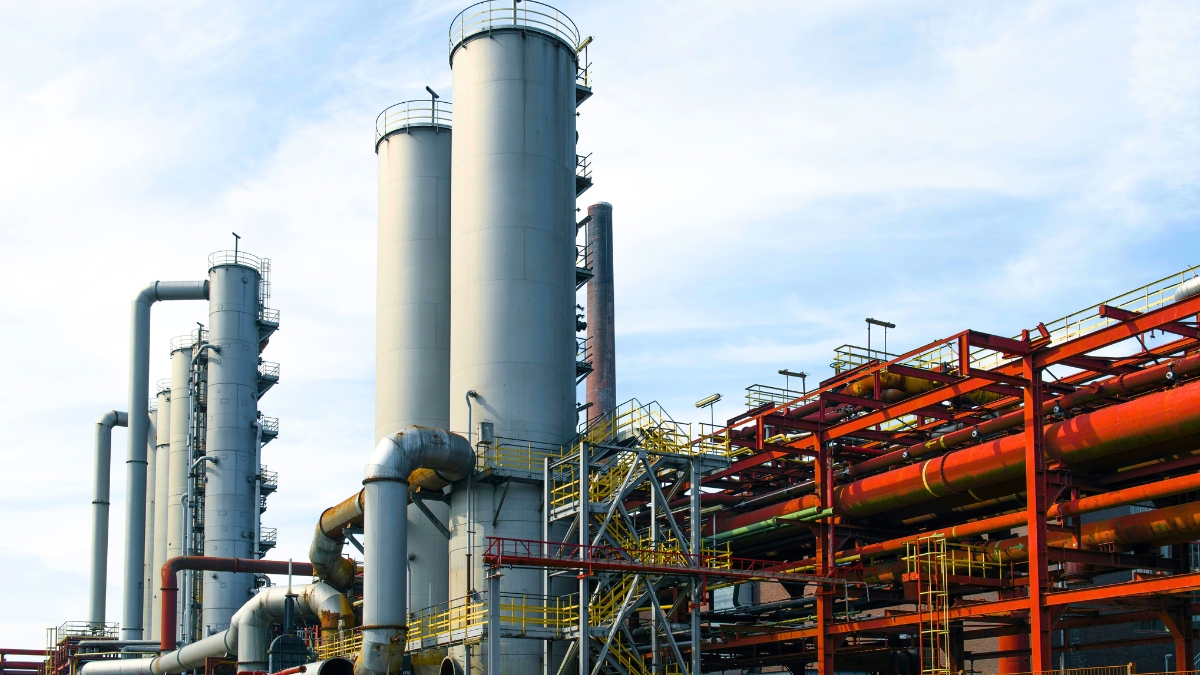
2.2.3. Practical Applications in Manufacturing Plants – Breweries and Cement Factories
At the Hanoi–Hong Ha Brewery (Van Phu, Phu Tho), a hot-water recovery system was installed to capture non-condensable steam from the heating and cleaning (CIP) areas.
Before this improvement, the steam consumption rate was 0.38 tons per 1,000 liters; after the upgrade, it decreased to 0.31 tons per 1,000 liters. This improvement saves approximately 7 tons of steam per day, equivalent to 1,260 tons per year, and about VND 850 million in annual operating costs.
Similarly, the Xuan Thanh Cement Plant has implemented a waste heat recovery (WHR) system that captures exhaust heat from the preheater tower and clinker kiln, achieving a total recovered heat capacity of nearly 50 MW.
These examples demonstrate how applying advanced combustion and heat recovery solutions in industrial boiler systems can lead to substantial energy savings, cost reduction, and emission control improvements.
2.2.4. Design Requirements and Technical Challenges
To maximize the benefits of advanced combustion and WHR technologies, industrial facilities should focus on the following key factors:
Boiler design and return water temperature:
The boiler must be designed to maintain a low return water temperature to ensure effective condensation. If the return water is too hot, condensing efficiency drops significantly.
Heat exchanger materials:
Materials must withstand corrosion from acidic condensate and high temperatures. Stainless steel or aluminum–silicon alloys are commonly used in condensing and WHR systems.
Fuel handling and auxiliary systems:
When using biomass, it is essential to include reliable systems for ash filtration, moisture control, and fuel classification to ensure uniform combustion and minimize smoke and particulate emissions.
Initial investment vs. long-term payback:
Although capital costs for advanced industrial boiler fabrication are higher than for conventional systems, the payback period is generally favorable when operating at high load factors and long runtime hours.
Operation and maintenance expertise:
Skilled personnel are required to adjust combustion parameters, air-fuel ratios, inspect catalysts or heat exchangers, and manage flue gas treatment systems.
3. Market Outlook & Opportunities in Vietnam (2025–2030)
3.1. Market Drivers
Vietnam is entering a phase of strong triple momentum driving the demand for industrial boilers between 2025–2030: stricter environmental regulations, sustainable industrial growth, and rising social awareness of health and environmental issues.
Regulatory framework and national commitments.
The amended Law on Environmental Protection (effective from 2021) has introduced more stringent requirements for emission control, waste management, and environmental monitoring in industrial facilities. At the same time, the government has incorporated its Net-Zero 2050 target into national strategy, creating strong pressure to switch to cleaner fuels and upgrade thermal equipment in industrial facilities.
Industrial growth and thermal demand.
Vietnam’s industrial sector maintains steady expansion, with strong GDP growth during 2024–2025 and a recovering industrial production index. This translates directly into higher demand for steam and heat across processing, food, textile, paper, and chemical industries.
According to the World Bank and other global reports, economic growth will remain robust enough to create a significant investment market for thermal equipment in industrial clusters.
Competitive pressure and operating costs.
In a globally competitive landscape, manufacturers are forced to optimize production costs. Improving boiler efficiency and reducing fuel consumption have become strategic priorities for maintaining competitiveness.
Social awareness and ESG requirements.
Customers, international partners, and green finance institutions increasingly require transparency in emissions and ESG performance. This pushes plant owners to invest in high-efficiency boilers and emission-reduction solutions.
3.2. Potential Market Segments
Vietnam’s industrial boiler market is segmented by investment objectives and enterprise scale, with three major areas of opportunity:
Replacement & Retrofit — the largest segment.
Thousands of outdated boilers (mainly fire-tube types with low efficiency and weak emission control) are still in operation. The demand for retrofit or full replacement – including combustion system upgrades, heat exchanger improvements, and automation integration—is substantial.
Many factories prioritize retrofitting before full replacement to reduce initial CAPEX while meeting emission standards and improving fuel efficiency.
Medium and small capacity boilers (2–20 tons steam/hour) — SME market.
Most small and medium enterprises in Vietnam operate within this capacity range, suitable for textile, food processing, and wood industries.
Domestic manufacturers already offer water-tube and fire-tube boilers in this segment. The demand is rising for multi-fuel (gas + biomass) boilers with higher efficiency and easy operation, opening a competitive niche for Industrial boiler provider in Vietnam.
After-sales & optimization services (O&M, Retrofit, Fuel Conversion, Energy Audits) — a fast-growing service segment.
The service market includes periodic maintenance, repair, safety calibration, fuel optimization consulting, control system upgrades (PLC/DCS), and fuel conversion (co-firing biomass or gas conversion).
Global market reports show that maintenance and repair services contribute significantly to the industrial boiler value chain, accounting for around 25–30% depending on the sector and region. This creates opportunities for professional Industrial boiler engineering services and specialized contractors.
3.3. Challenges & Barriers
Despite strong opportunities, suppliers and manufacturers in industrial boiler fabrication must address several practical constraints:
High CAPEX for high-efficiency boilers, heat recovery systems, or fuel-switching projects – requiring careful payback and LCOE evaluation.
Workforce shortage of skilled technicians for operation, pressure-safety inspection, calibration, and complex O&M—driving up demand for professional training and service outsourcing.
Fuel supply chain risks, especially for biomass (inconsistent quality and moisture content), and insufficient gas/LNG distribution infrastructure affecting the scalability of fuel conversion projects.
Technical compliance and certification requirements. Boilers for export or large-scale industrial projects must meet ASME, PED, and TCVN standards, as well as environmental certifications. The approval and validation process can be lengthy and costly for local manufacturers.
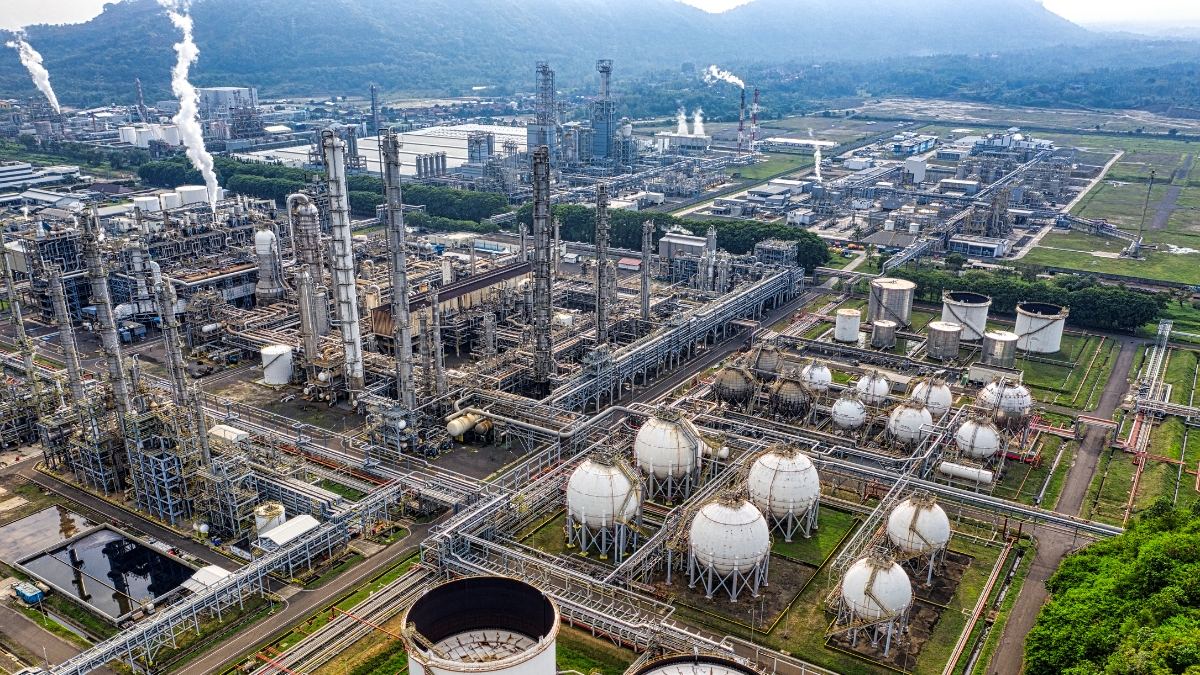
4. What Strategies Should Investors and Enterprises Adopt?
4.1 Assessment & Planning
A sustainable investment strategy for an industrial boiler system cannot rely on intuition—it must be built on accurate data and rigorous analysis.
Energy audit – a mandatory first step.
Enterprises should conduct a comprehensive energy audit to assess boiler efficiency, fuel-to-steam ratio (kg steam/kg fuel), heat loss rates (via flue gas, feedwater system, and heat transfer), and failure probability.
This data serves as the foundation for upgrade or replacement planning and for calculating the ROI of each investment component.
Life-cycle cost (LCC/TCO) analysis.
Instead of focusing solely on upfront purchase cost (CAPEX), investors should compare the total cost of ownership—including OPEX, maintenance, fuel consumption, water treatment, and ash disposal.
An industrial boiler with a 10–15% higher CAPEX but improved fuel and treatment efficiency can shorten the payback period and deliver stronger long-term returns.
Technology choices for the next decade.
Given the pace of energy policy evolution and the global Net Zero trend, investors should prioritize flexible-fuel technologies (dual-fuel, biomass co-firing), condensing boilers, and IoT-based digital monitoring solutions to ensure systems remain technologically relevant over 5–10 years.
4.2 Recommended Investment Roadmap
A well-balanced investment roadmap should be divided into two phases—helping enterprises manage capital risks while capturing emerging market opportunities.
Phase 1 (2026–2027): Optimization & Preparation.
- Implement “low-hanging fruit” measures such as waste heat recovery systems, upgraded feedwater treatment (to reduce scaling and corrosion), and variable-speed drives (VSD) for ID/FD fans.
- Deploy basic digitalization: pressure, flow, and temperature sensors connected to SCADA/IoT for online monitoring.
- Prepare for boiler replacement projects through technical file review, TCO analysis, and partnership development with reliable technology providers.
Phase 2 (2028–2030): Core Transition.
- Replace outdated boilers with multi-fuel or condensing industrial boilers (biomass + natural gas) achieving >95% efficiency (based on LHV).
- Integrate advanced digital solutions such as AI-based predictive maintenance, real-time fuel analytics, and early fault detection systems.
- Leverage green financial mechanisms (green bonds, emission-reduction funds) to lower upfront capital costs and improve project feasibility.
4.3 Risk Management
In a rapidly evolving market and technological environment, effective risk management is crucial for Industrial boiler provider in Vietnam and project investors alike.
Policy risk.
Emission regulations (SOx, NOx, CO₂) and pressure-equipment safety standards can shift quickly. Enterprises must maintain regulatory awareness and allocate contingency budgets for compliance with new standards.
Fuel risk.
Biomass prices (sawdust, rice husk, cashew shells) fluctuate seasonally and regionally; natural gas supply depends on LNG infrastructure expansion. The solution lies in diversifying supply sources, signing long-term contracts, and investing in fuel storage capacity.
Technology risk.
Choosing an unreliable supplier may lead to underperforming systems or maintenance difficulties. Investors should therefore partner with certified providers (ASME, PED) offering 24/7 after-sales support, spare parts availability, and long-term O&M capability—ensuring continuity of Industrial boiler engineering services and project sustainability.
5. Comprehensive Industrial Boiler Solutions
In response to current trends and regulatory demands, PREBECC provides end-to-end services from consulting, design, and fabrication to installation, operation, and maintenance – for modern industrial boiler systems. These solutions help Vietnamese enterprises achieve sustainable production while meeting increasingly stringent environmental standards.
5.1. PREBECC’s Capabilities & Commitment
Strategic Energy Consulting. We help enterprises plan optimized investment roadmaps that balance cost, efficiency, and Net Zero objectives.
Standardized Design & Manufacturing. All products strictly comply with TCVN and international standards such as ASME, EN, and PED, ensuring safety, durability, and consistent performance.
Professional Installation & Commissioning. Every project is executed under strict quality control, integrating digital solutions for seamless operation from day one.
Long-Term Partnership & After-Sales Service. PREBECC commits to lifelong customer support—from maintenance and repair to technology upgrades and system optimization.
5.2 Industrial Boiler Product Range
PREBECC offers a wide selection of boiler types, tailored to different production scales and fuel categories:
- Fixed grate / chain grate boilers – suitable for conventional solid fuels (coal, wood, biomass).
- Circulating Fluidized Bed (CFB) boilers – high-efficiency, low-emission solutions adaptable to multiple fuel types.
- Oil/gas-fired boilers – designed for high capacity and pressure with automated control systems.
- Biomass boilers – utilize renewable fuels such as rice husk, sawdust, bagasse, and agricultural residues, providing sustainable and cost-effective energy.
- Condensing boilers – capture waste heat to achieve efficiency levels exceeding 95%.
- Waste Heat Recovery Boilers (WHRB) – ideal for cement, steel, and chemical industries, effectively reusing excess process heat.
5.3 Business Benefits
PREBECC takes pride in delivering industrial boiler solutions that not only provide enterprises with modern, fuel-efficient, and safe systems but also create long-term strategic advantages:
Reduced Operating Costs & Extended Equipment Lifespan.
With high-efficiency combustion technology, waste heat recovery systems, and automated control, fuel consumption is significantly reduced while extending boiler life and minimizing unplanned downtime.
Compliance with Environmental Regulations.
Recent standards such as QCVN 19:2023/BTNMT (industrial emissions) and QCVN 30:2023/BTNMT (ambient air quality) impose strict emission limits. Non-compliance can result in heavy administrative fines or operational suspension. PREBECC’s solutions ensure that systems always operate within legal safety margins, mitigating compliance risks.
Reduced Inspection & Audit Risks.
Boilers designed and installed in compliance with TCVN and international standards (ASME, EN, PED) give enterprises full confidence during routine government inspections, avoiding sudden upgrade or replacement costs.
Enhanced Corporate Reputation & CSR Performance.
In the context of global integration, customers and international partners increasingly value ESG (Environmental, Social, Governance) principles. Investing in energy-efficient and eco-friendly boiler systems not only supports production but also demonstrates a company’s strong commitment to sustainability.
Positioning Ahead of the Energy Transition.
Vietnam’s commitment to Net Zero by 2050 (COP26) opens opportunities for early adopters of clean and multi-fuel combustion technologies. These enterprises can benefit from green finance, tax incentives, and long-term competitive advantages.
Contact PREBECC – industrial boiler provider in Vietnam for expert consultation on industrial boiler solutions—helping your business operate efficiently, stay compliant, and move confidently toward a sustainable future.

